Is pine a crazy choice for a front ornamental tree?
ttonk
11 years ago
Featured Answer
Comments (35)
Suzi AKA DesertDance So CA Zone 9b
11 years agoRelated Professionals
Beachwood Landscape Architects & Landscape Designers · Lake Oswego Landscape Architects & Landscape Designers · Signal Hill Landscape Architects & Landscape Designers · Wakefield Landscape Contractors · Mastic Beach Landscape Contractors · Middleton Landscape Contractors · Tustin Landscape Contractors · Annapolis Siding & Exteriors · Carmel Siding & Exteriors · Honolulu Siding & Exteriors · St. Louis Siding & Exteriors · North Reading Siding & Exteriors · Cedar Falls Decks, Patios & Outdoor Enclosures · Glen Ellyn Decks, Patios & Outdoor Enclosures · Portland Decks, Patios & Outdoor Enclosuresgardengal48 (PNW Z8/9)
11 years agoWxDano
11 years agosam_md
11 years agooath5
11 years agoWxDano
11 years agoken_adrian Adrian MI cold Z5
11 years agostrobiculate
11 years agokrnuttle
11 years agoWxDano
11 years agolcadem
11 years agowhaas_5a
11 years agocalliope
11 years agottonk
11 years agottonk
11 years agottonk
11 years agottonk
11 years agoWxDano
11 years agotsugajunkie z5 SE WI ♱
11 years agomrsgalihad
11 years agoken_adrian Adrian MI cold Z5
11 years agottonk
11 years agowisconsitom
11 years agoedlincoln
10 years agomissingtheobvious
10 years agoscotjute Z8
10 years agobengz6westmd
10 years agocalliope
10 years agoblakrab Centex
10 years agojcalhoun
10 years agoEmbothrium
10 years agobengz6westmd
10 years agoedlincoln
10 years agoogarib
10 years ago
Related Stories
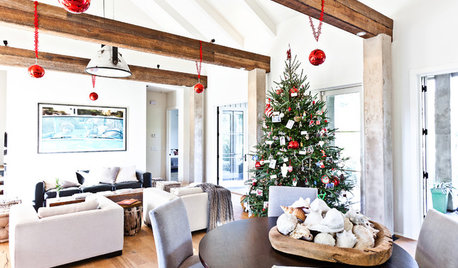
HOLIDAYSCollecting Christmas Ornaments That Speak to the Heart
Crafted by hand, bought on vacation or even dug out of the discount bin, ornaments can make for a special holiday tradition
Full Story
GARDENING AND LANDSCAPINGCrazy for Fruit Trees
Whether a single citrus or a mini apple orchard, even the smallest landscape space can bear deliriously delicious fruit
Full Story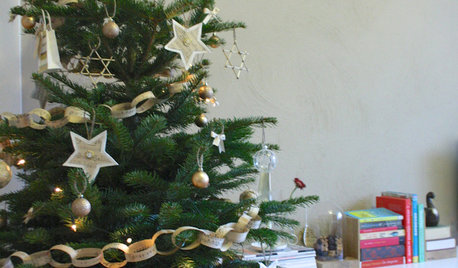
CHRISTMAS4 Rustic, Romantic Christmas Ornaments to Craft in Minutes
Make these deceptively easy paper ornaments with the kids or savor some solo crafting time
Full Story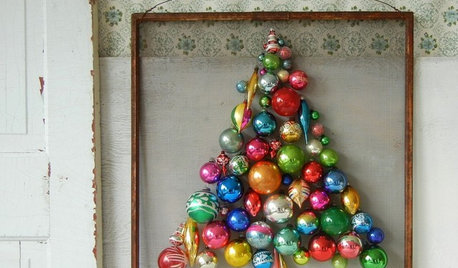
CHRISTMAS11 New Uses for Old-School Christmas Ornaments
Been there, done that with the tree? Have an embarrassment of extra ornaments? Try these beautifully creative decorations this Christmas
Full Story
HOLIDAYSHow to Care for Your Christmas Tree
Keep your tree looking lush until the last ornament is packed away with these tips for watering, using stands and more
Full Story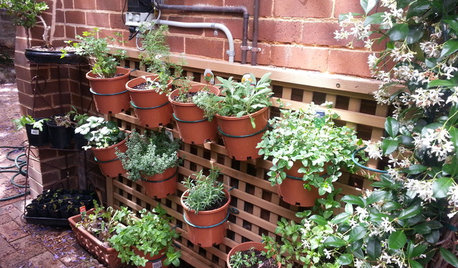
FARM YOUR YARD14 Crazy Places to Grow Edibles
Some Houzzers may lack ground for gardening, but they’re never short on imagination
Full Story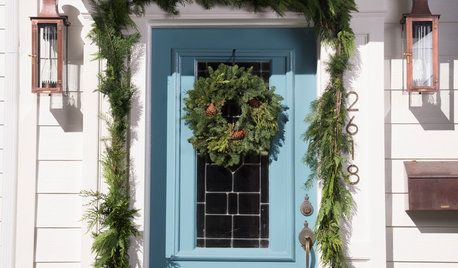
CHRISTMASQuick and Easy Christmas Decor With Greens, Wreaths and Pine Cones
When you're short on time, focus on the basics to make your house festive and fragrant
Full Story
GRASSES10 Ways to Use Ornamental Grasses in the Landscape
These low-maintenance plants can add beauty, texture and privacy to any size garden
Full Story
LANDSCAPE DESIGNCalifornia Says Goodbye to the Sprawling Ornamental Lawn
New state rules will effectively limit turfgrass to 25 percent of the landscape in most new and renovated yards
Full Story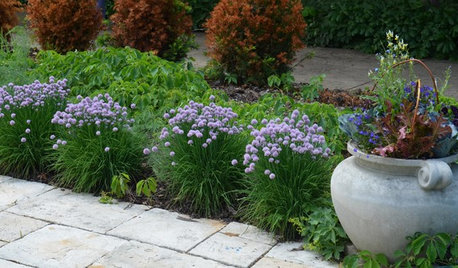
GARDENING GUIDESEdible Plants That Double as Ornamentals
Try growing these tasty plants with your ornamentals for an attractive garden and fresher meals
Full Story







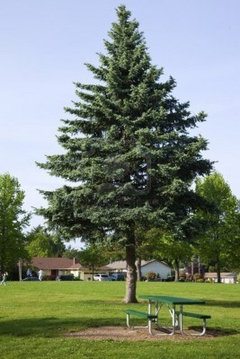


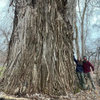
WxDano